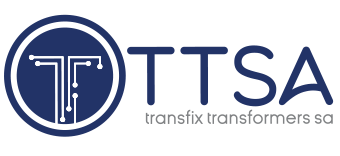Private offtake market adds new impetus to black energy group’s pioneering IPP journey
The journey by South Africa’s Pele Energy Group (PEG) from fledgling energy investor to that of a pioneering black-owned and -managed independent power producer (IPP) is receiving fresh impetus from an unexpected source: the robust private-offtake market that has been stimulated by a recent reform allowing for distributed generation projects of any size to proceed without a licence. MD Gqi Raoleka reports that the company has steadily expanded its portfolio from 800 MW in 2016 – when Engineering News ran a feature on how the five young black professionals who founded PEG had aspirations to become a fully-fledged IPP – to approximately 2 000 MW currently.
